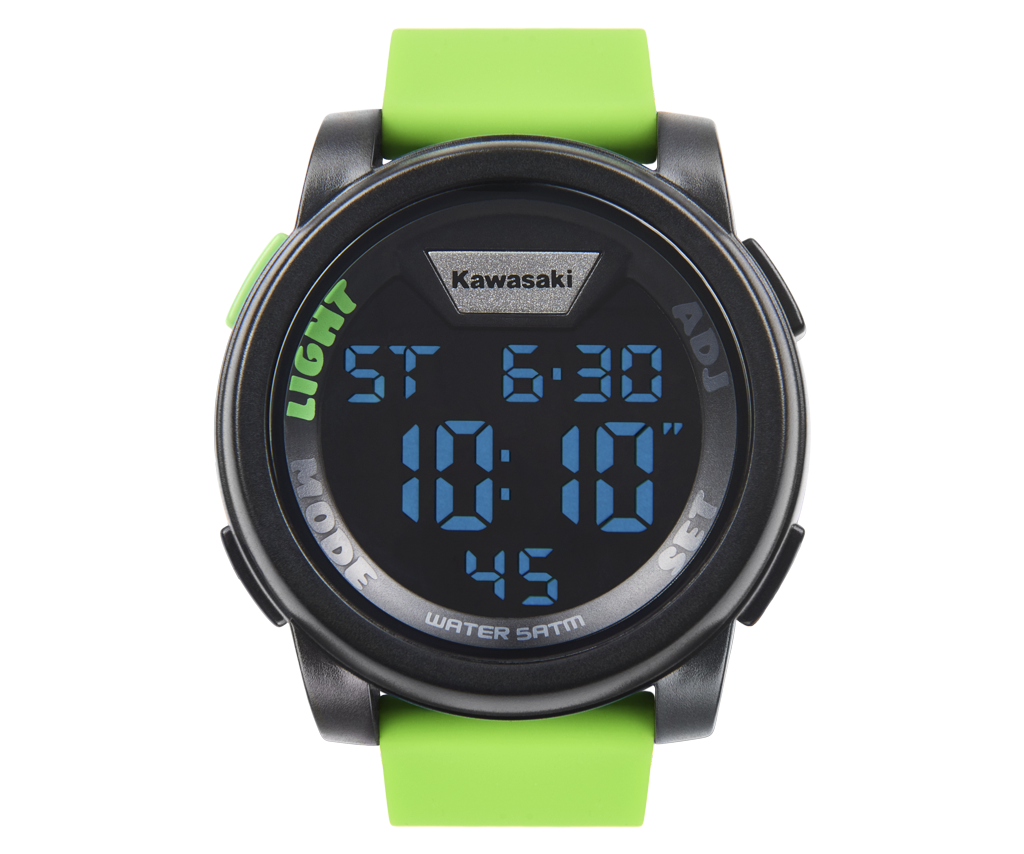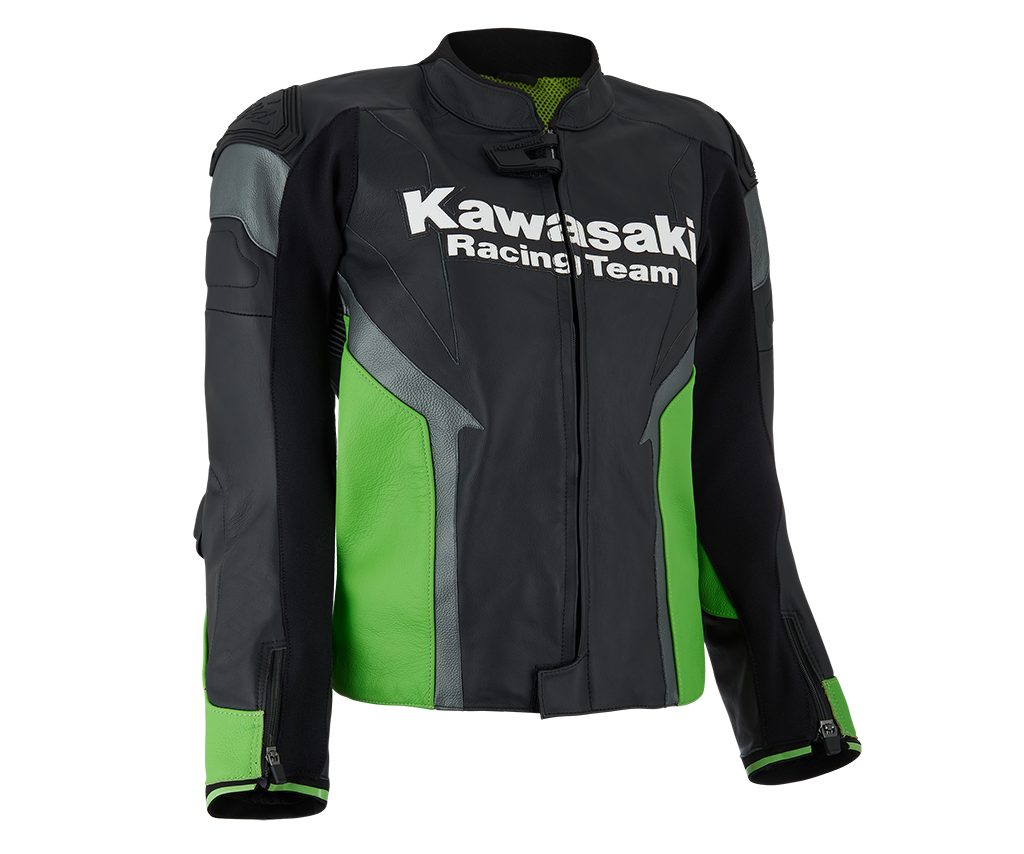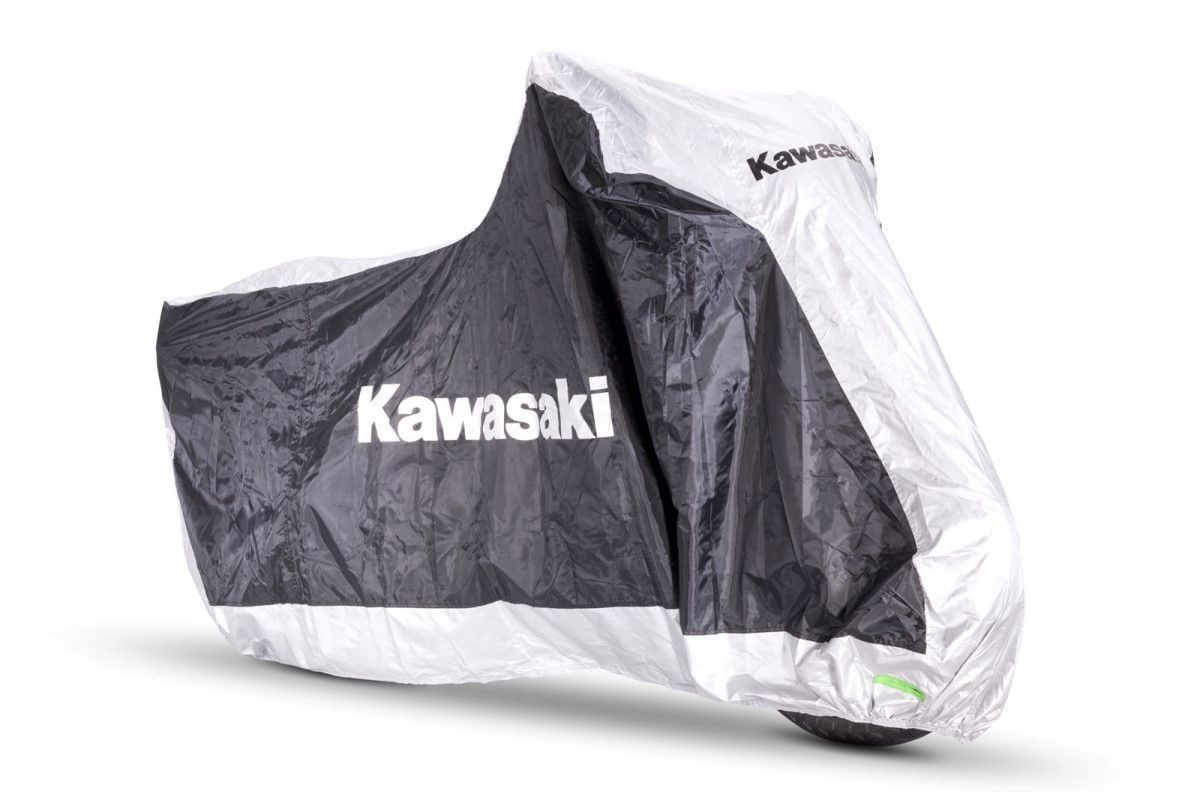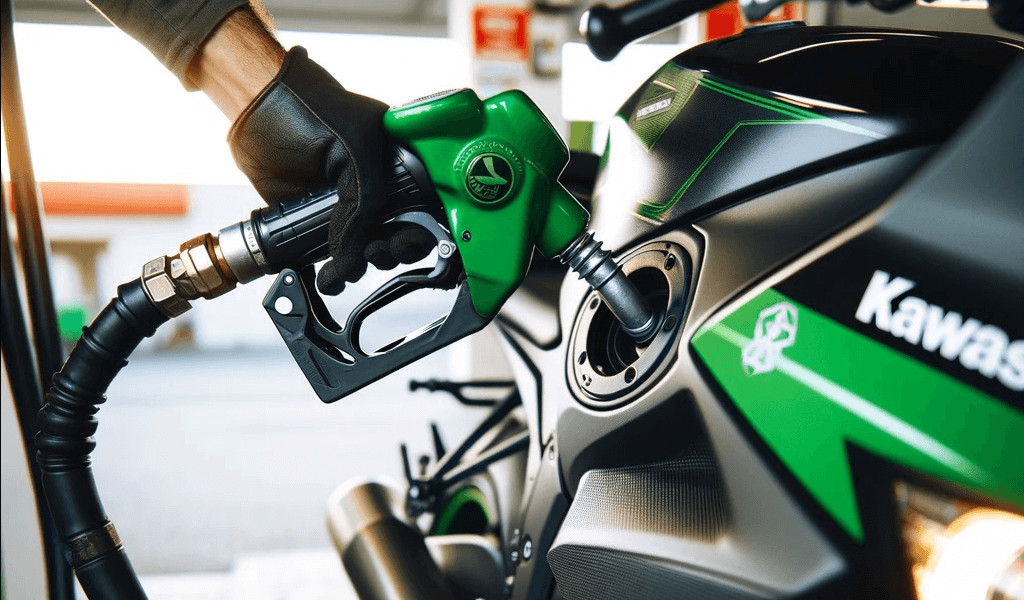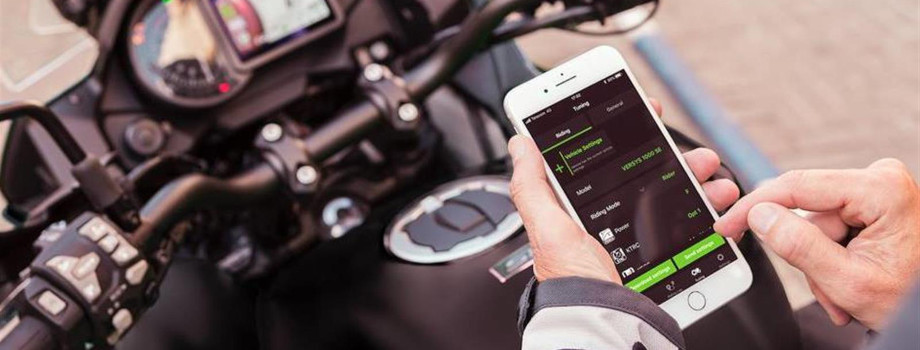What is the basic difference between fuel produced to the E5 standard and E10?
- E5 is the petrol standard with a minimum of 95% petrol and a maximum of 5% bioethanol
- E10 is a petrol standard consisting of a minimum of 90% petrol and a maximum of 10% bioethano
As can easily be seen, the symbol "E" and the number following it indicate the allowable percentage of bioethanol in a particular type of petrol, not the octane number. The octane number, e.g. 95.98, remains unchanged regardless of the % bio-component addition.
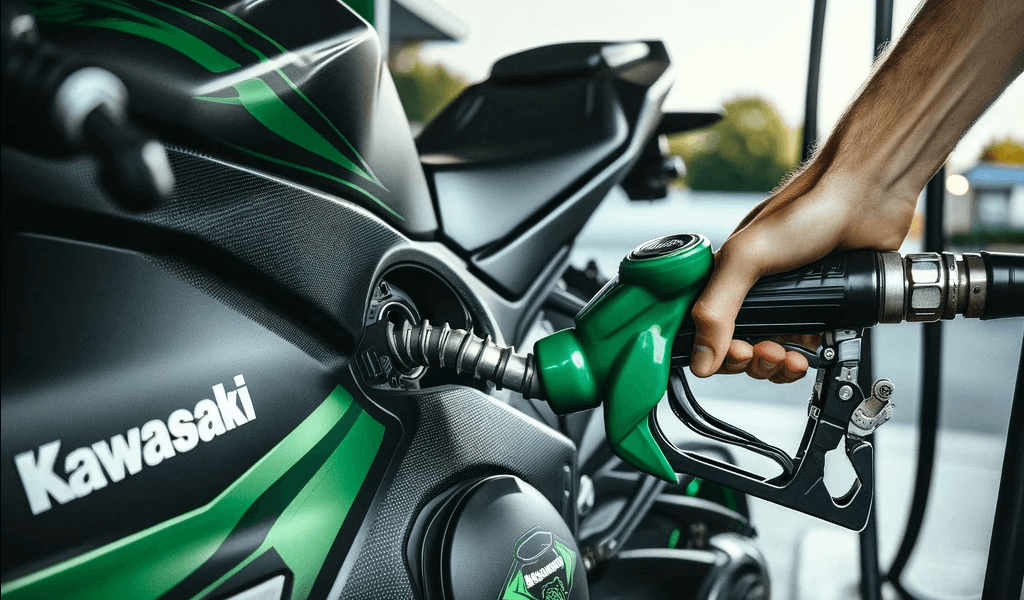
What is bioethanol and why is it used?
Bioethanol is nothing other than ethanol - i.e. ethyl alcohol. The prefix "bio" is related to the way it is obtained. It is produced from plants or plant residues, e.g. agricultural crop residues (so-called biomass).
What is it used for?
Increasing the amount of ethanol in petrol effectively reduces nitrogen oxide (NOx) emissions. It is estimated that increasing the bioethanol content to 10% can reduce particulate emissions by almost 80%. Using E10 petrol also reduces carbon dioxide (CO2) emissions.
In addition, growing the plants from which bioethanol is produced also contributes to absorbing carbon dioxide from the atmosphere during its life cycle. Overall, fuels with a higher proportion of bioethanol are more environmentally friendly.
Can E10-labelled fuel be refuelled in Kawasaki vehicles?
Kawasaki has tested and approved E10 fuel for use in petrol engine products for:
- on-road motorcycle: all models produced from 2011 onwards (except the Ninja H2R) are approved for E10 (see exception table later in this article),
- off-road motorcycle: all models built from 2011 onwards are approved for E10 fuel. (see table of exceptions further down in this article),
- Jet Ski: all models manufactured from 2011 onwards are approved for the use of E10 fuel,
- ATV/Quads: all ATV models are approved for E10 fuel,
- UTV): all models of UV petrol vehicles are approved for the use of E10 fuel.
Kawasaki models manufactured before 2011 compatible with E10 fuel:
MOTORCYCLES
|
|
Model |
Model Year |
|
|
Model |
Model Year |
|
1 |
KLX125C/D |
'10 - '11 |
|
18 |
ZR1000D/E*1,*2 |
'10 - '11 |
|
2 |
KLX250S |
'08 - '11 |
|
19 |
ZX1000D*1,*2 |
'06 - '07 |
|
3 |
EX250K |
'08 - '11 |
|
20 |
ZX1000E*1,*2 |
'08 - '09 |
|
4 |
ZX600P*1,*2, *3 |
'07 - '08 |
|
21 |
ZX1000F*1,*2 |
'10 |
|
5 |
ZX600R*1,*2,*3 |
'09 - '11 |
|
22 |
ZX1000G/H*1,*2 |
'11 |
|
6 |
ER650A/B*3 |
'06 - '08 |
|
23 |
ZX1000J/K*1,*2 |
'11 |
|
7 |
ER650C/D*3 |
'09 - '11 |
|
24 |
ZG1400A*1,*2 |
'08 - '09 |
|
8 |
EX650A/B*3 |
'06 - '08 |
|
25 |
ZG1400C*2 |
'10 - '11 |
|
9 |
EX650C/D*3 |
'09 - '11 |
|
26 |
ZX1400A/B*1,*2 |
'06 - '07 |
|
10 |
KLE650A/B*3 |
'07 - '09 |
|
27 |
ZX1400C*1,*2 |
'08 |
|
11 |
KLE650C/D*3 |
'10 - '11 |
|
28 |
ZX1400D*1,*2 |
'08 - '11 |
|
12 |
ZR750L/M*2,*3 |
'07 - '11 |
|
29 |
VN1700A/B |
'09 - '11 |
|
13 |
ZR750N/P*2,*3 |
‘11 |
|
30 |
VN1700C/D |
'09 - '11 |
|
14 |
EJ800A |
'11 |
|
31 |
VN1700E/F |
'09 - '11 |
|
15 |
VN900B*3 |
'06 - '11 |
|
32 |
VN1700K |
'11 |
|
16 |
VN900C*3 |
'07 - '11 |
|
33 |
VN2000H |
'08 - '10 |
|
17 |
ZR1000B/C*1,*2 |
'09 - '11 |
|
|
|
|
*1: E10 fuel is also approved for use in 78.2kW versions
*2: E10 fuel is also approved for use in 72 kW versions
*3: E10 fuel is also approved for use in 25kW versions
MX
|
Model |
Model Year |
Model |
Model Year |
|||
|
1 |
KX65A/B |
'03-'08 |
5 |
KX125M |
'01-'11 |
|
|
2 |
KX85A/B |
'01-'11 |
6 |
KX250N/R/T/W/X/Y |
'04-'11 |
|
|
3 |
KLX110A |
'02-'09 |
7 |
KX450D/E |
'06-'11 |
|
|
4 |
KLX110C/D |
'10-'11 |
8 |
KLX450A |
'08-'11 |
PWC
|
Model |
Model Year |
Model |
Model Year |
|||
|
1 |
JT1500ABF |
'11 |
2 |
JS800ABF |
'11 |
What if my vehicle was manufactured before 2011 and is not on the list of older vehicles compatible with E10 fuel?
For the next few years, it remains possible to fill up with Pb98 (E5) fuel. For this petrol, no change in bio-component additives is planned for the time being.
What happens if I fill up my vehicle with E10 fuel which is not suitable for this type of fuel?
A one-off refuelling of E10 petrol in such a vehicle should not cause permanent damage to the engine. Continuous refuelling of E10 fuel into incompatible vehicles could result in:
- corrosion of the metal fuel tank or other metal components of the fuel system,
- damage to a fuel tank made of plastic not resistant to ethanol;
- the high dissolving capacity of ethanol may adversely affect gaskets and seals, plastic components in the fuel system (e.g. carburettor seals and diaphragms, fuel faucet seals);
- in the case of drive units with less efficient cooling, engine overheating may occur.



